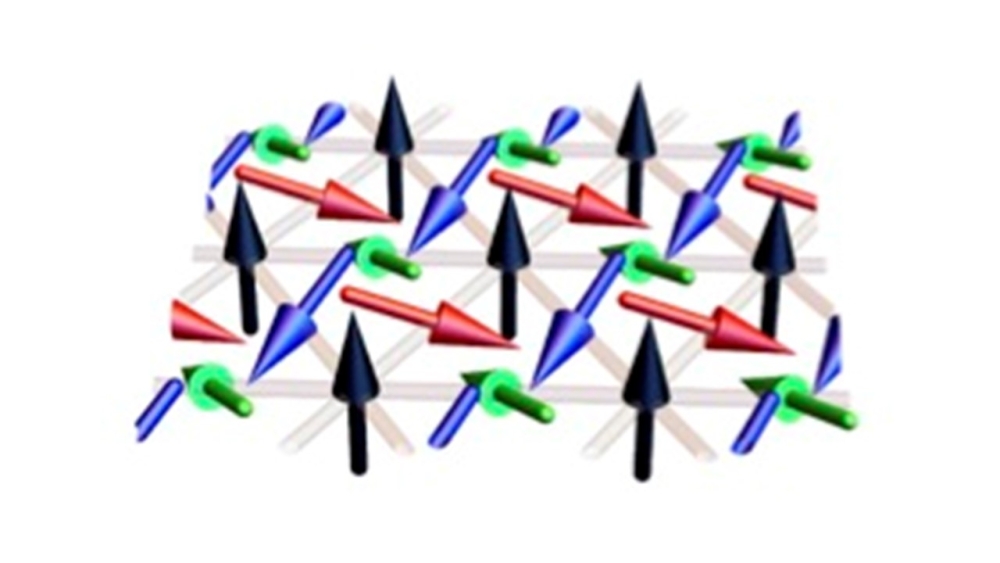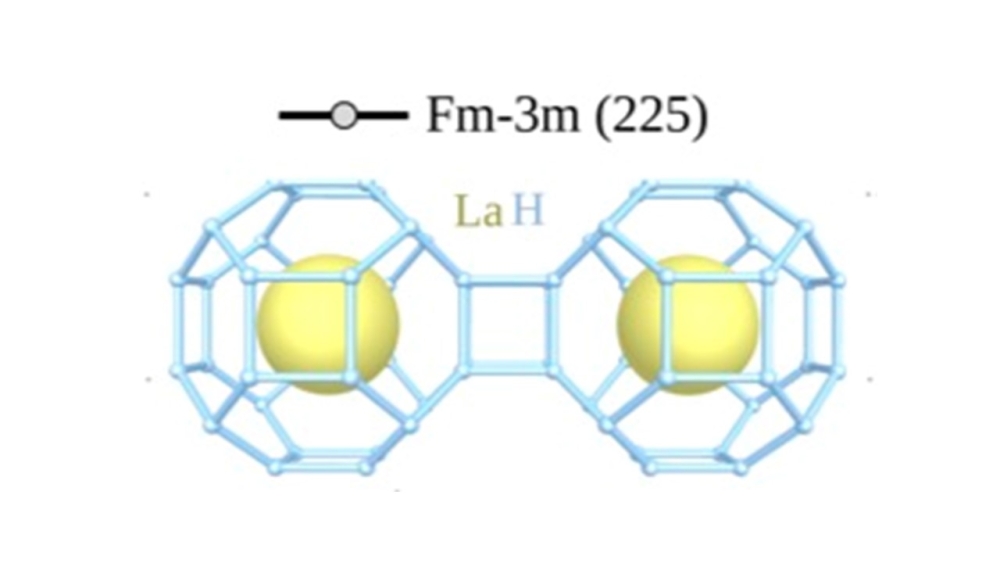Computational Materials Science
Arita Laboratory
Ab initio Exploration of Emergent Qauntum Materials
Exploration of functional antiferromagnetic materials.
Electrons in materials possess an intrinsic degree of freedom called spin. Materials where the spins are aligned in the same direction are called ferromagnetic materials, while materials where the spins are arranged in opposite directions to cancel each other out are called antiferromagnetic materials. Ferromagnetic materials (magnets) have played an indispensable role in the development of human civilization. Without a compass, Columbus would not have discovered America, nor would Magellan have circumnavigated the world. Magnets also play a crucial role in modern technology. On the other hand, antiferromagnetic materials have the disadvantage of being difficult to control with external fields such as magnetic fields, and their application in technology has not progressed much. However, in recent years, materials have been discovered that are antiferromagnetic yet possess characteristics similar to ferromagnetic materials, such as the lack of time-reversal symmetry. Such magnetic materials are attracting interest for potential applications that ferromagnetic materials do not offer, though systematic material exploration is not an easy task. We are working on the exploration of functional antiferromagnetic materials using first-principles calculations.
Exploration of novel superconducting materials.
Superconductivity is one of the most interesting phenomena in the field of condensed matter physics. Among its aspects, the most important issue is how to increase the superconducting transition temperature. Since the early 20th century, when the Dutch physicist Heike Kamerlingh Onnes discovered this phenomenon in mercury, various superconductors have been discovered up to the present day. However, there have been few materials whose existence was predicted by theoretical calculations and confirmed by experiments; most were discovered by experimentalists accidentally. Recently, with the development of first-principles calculation methods, this situation is beginning to change significantly.We are working on the search for new superconductors using first-principles calculations.

An example of the spin structure of an antiferromagnet with ferromagnetic-like characteristics

The crystal structure of a material that undergoes a superconducting transition at a temperature close to room temperature
It is said that the greatest gift given to humanity by God is not its high intelligence, but its curiosity. Humanity has pondered the universal laws behind the motion of falling objects and the motion of the moon in the sky, despite having no direct relation to its own survival. On the other hand, when this curiosity is linked to the demands for industrial applications, physics experiences astonishing developments, as the history of the birth of quantum mechanics eloquently demonstrates.
In the Arita Laboratory of Computational Materials Science at RCAST, we use cutting-edge, non-empirical, predictive first-principles calculations to explore and design emergent quantum materials. These materials are of fundamental scientific interest, satisfy our curiosity, and have the potential to bring about wide-ranging innovations in applied fields. Although located in the city center, we are blessed with a spacious and green environment. You can see how our lab members spend their daily lives on our website, so please take a look.
メンバー

-
- Professor
Ryotaro ARITA
Research Area:Condensed Matter Theory - Professor
Laboratory Homepage
Tags

